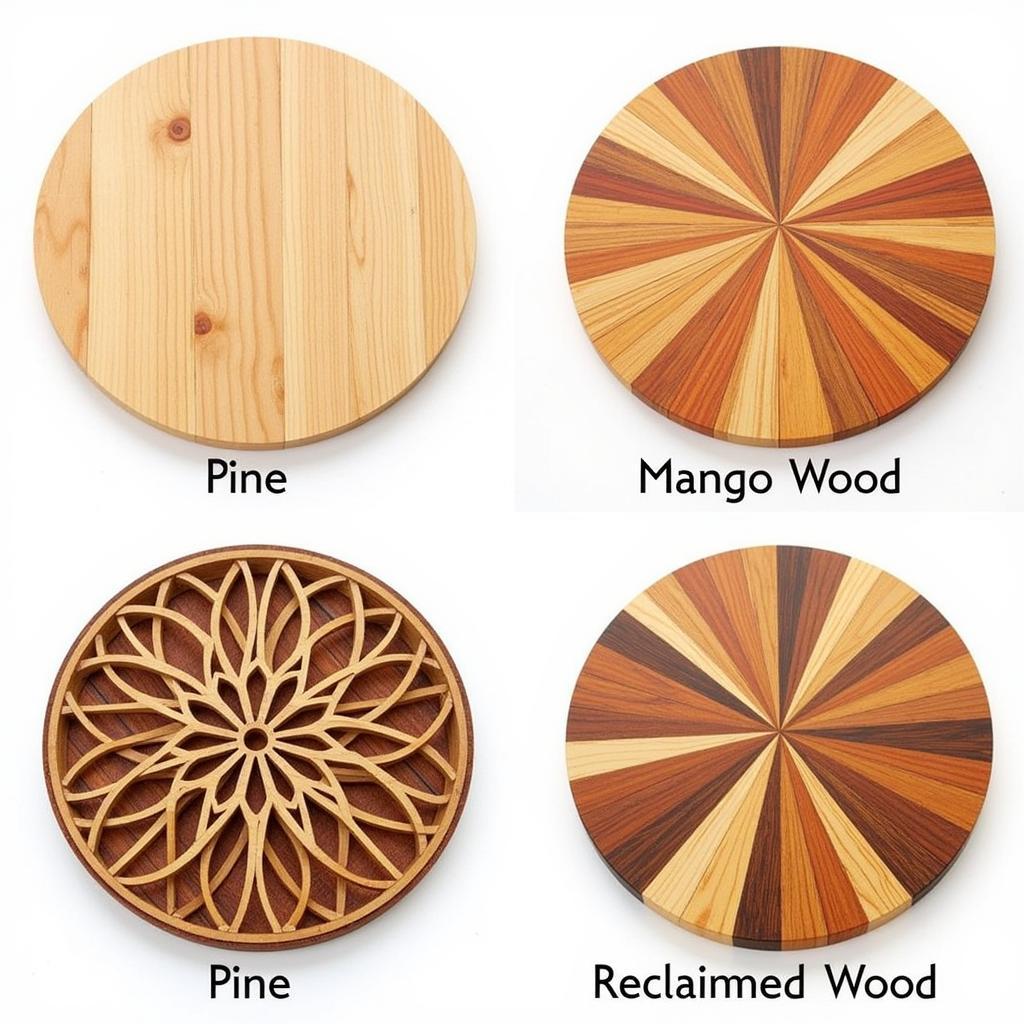Exploring the Heights of Creativity: A Guide to Tower Art
Tower Art, a captivating fusion of architecture, imagination, and artistic expression, has been captivating audiences for centuries. From the ancient wonders of lighthouses and minarets to the modern marvels of skyscrapers and sculptures, towers have served as monumental canvases for artistic ingenuity. This exploration delves into the fascinating world of tower art, unraveling its history, diverse forms, and the profound impact it has on our cultural landscapes.
A Journey Through Time: The Enduring Allure of Towers
Towers have been woven into the fabric of human civilization since time immemorial. Ancient civilizations erected towers for a myriad of purposes, from defense and observation to religious rituals and communication. The towering ziggurats of Mesopotamia, the imposing castles of medieval Europe, and the graceful pagodas of East Asia all stand as testaments to the enduring allure of vertical structures. These towers, while serving practical functions, were often adorned with intricate carvings, vibrant colors, and symbolic motifs, transforming them into breathtaking works of art.
Beyond Functionality: Towers as Artistic Statements
As technology advanced and societal needs evolved, towers transcended their purely functional roles and emerged as powerful artistic statements. The Renaissance witnessed a resurgence of interest in classical architecture, leading to the creation of ornate bell towers and clock towers that graced cathedrals and town squares across Europe. These towers, often soaring to dizzying heights, became symbols of civic pride, religious devotion, and artistic mastery.
 Modern Tower Art: Sculptures and Installations
Modern Tower Art: Sculptures and Installations
One can’t discuss tower art without mentioning the Eiffel Tower, a towering iron lattice structure that redefined the Parisian skyline in the late 19th century. Initially met with skepticism, the Eiffel Tower soon became an iconic symbol of France and a testament to the power of innovative engineering and architectural audacity.
The 20th century witnessed an explosion of architectural styles, and towers became canvases for experimentation and artistic expression. From the Art Deco elegance of the Chrysler Building in New York City to the futuristic silhouette of the Space Needle in Seattle, modern towers pushed the boundaries of design and engineering, forever changing our perception of urban landscapes.
Towers in Contemporary Art: Pushing Boundaries, Inspiring Awe
Today, tower art continues to evolve, embracing new materials, technologies, and artistic visions. Contemporary artists and architects are blurring the lines between sculpture, installation, and functional structures, creating towers that challenge conventional notions of art and architecture.
 Polynesian Tower Art: Cultural Significance and Design
Polynesian Tower Art: Cultural Significance and Design
From interactive light installations that transform cityscapes at night to sustainable towers that harness wind and solar energy, contemporary tower art reflects our evolving relationship with the environment, technology, and the urban fabric.
Conclusion: Celebrating the Enduring Legacy of Tower Art
Tower art, in its myriad forms, stands as a testament to human creativity, ingenuity, and our enduring fascination with verticality. From ancient wonders to modern marvels, towers continue to inspire awe, spark imagination, and shape our cultural landscapes. As we look towards the future, one thing remains certain: tower art will continue to evolve, pushing boundaries and captivating generations to come.
Frequently Asked Questions About Tower Art
1. What are some famous examples of tower art around the world?
Some renowned examples include the Eiffel Tower in Paris, the Leaning Tower of Pisa, the Burj Khalifa in Dubai, and the CN Tower in Toronto. These towers showcase diverse architectural styles, historical significance, and cultural influences.
2. How has technology influenced the evolution of tower art?
Technological advancements have revolutionized tower design and construction. From the use of steel and reinforced concrete to sophisticated computer-aided design software, technology has enabled architects to achieve unprecedented heights, complex forms, and innovative structural solutions.
3. What role does sustainability play in contemporary tower art?
Sustainability is a key consideration in modern tower design. Architects are incorporating green building materials, energy-efficient systems, and vertical gardens to minimize the environmental impact of these towering structures.
4. How does tower art impact the cultural identity of a place?
Towers often become iconic landmarks and symbols of civic pride. They can reflect a city’s history, cultural heritage, and architectural achievements, contributing to its unique identity and sense of place.
5. What are some emerging trends in the world of tower art?
Emerging trends include the use of parametric design, kinetic facades, and biomimicry to create dynamic and responsive tower structures that adapt to their surroundings.
For any assistance, please contact us at Phone Number: 02462573573, Email: [email protected] Or visit us at: Savico Megamall, 7-9 Đ. Nguyễn Văn Linh, Gia Thụy, Long Biên, Hà Nội 10000, Việt Nam. We have a 24/7 customer support team.




